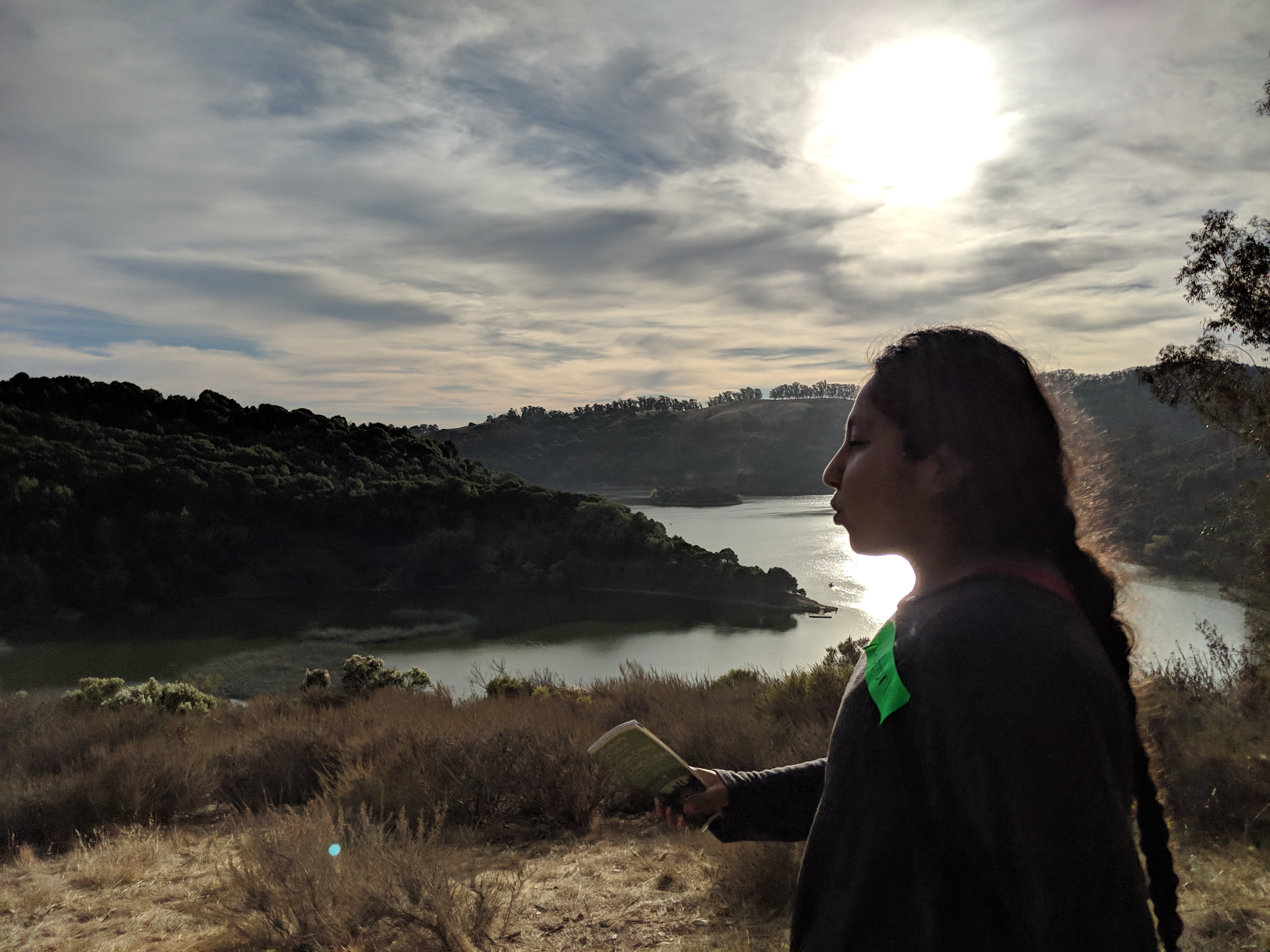Last May, I welcomed advocates from all over the world to the Children & Nature Network’s International Conference which was held right here in Oakland.
In my speech, I challenged the attendees to “radically imagine what our movement can be: intentionally more equitable and inclusive. Let’s recognize the relationships that all cultures have with the outdoors as a way to authentically increase nature connection for children with the least access.”
The conference is coming back to Oakland this week. It will be filled with positive energy, creative ideas on how to ensure that all youth can experience nature, and success stories of all shapes and sizes from around the world. It is gratifying to be a part of that conversation – and yet, when I look at the needs not being met in the city that is serving as the backdrop for this gathering, I wish for more.
There seems to be a disconnect between the positive energy and solutions being shared inside the conference center and the stark realities of youth growing up in Oakland, particularly those in our poorer neighborhoods.
Don’t get me wrong, there are glimmers of hope – like Oakland Parks and Recreation’s new Town Camp model and the Oakland Goes Outdoors initiative which is connecting middle school students to nature. I am excited for these programs.
However, for a city that is re-imagining itself every day, there appears to be very little evidence that we have “radically re-imagined” any kind of real, systemic change over the past year that prioritizes parks, open space, and the chance to connect with nature locally.
We live in a city where the health of our youth is at a critical level. One out of every two Oakland public school students is obese and two out of three are not meeting basic fitness standards.
Oakland has fewer parks and spends less money per resident each year on parks than San Francisco, Sacramento, and San Jose. We have the second lowest number of park acres per 100 people and second smallest average park size compared to those cities as well.
A 2018 report from the Oakland Parks and Recreation Foundation found that the parks in Oakland’s higher income neighborhoods are in much better shape than parks located in economically disadvantaged or gentrifying neighborhoods.
A 2019 report by the Trust for Public Lands and Green Schoolyards America found that the most stressed schools in Oakland have less shade from trees than other schools…on a 68°F day, unshaded asphalt can reach up to 120°F.
I could go on and on, but instead I want to issue my challenge again with a voice full of hope to all of us who live in Oakland: Let’s “radically re-imagine” how we can create a world where all Oakland residents are able to connect with well-maintained parks and open spaces safely and feel welcome and included.


